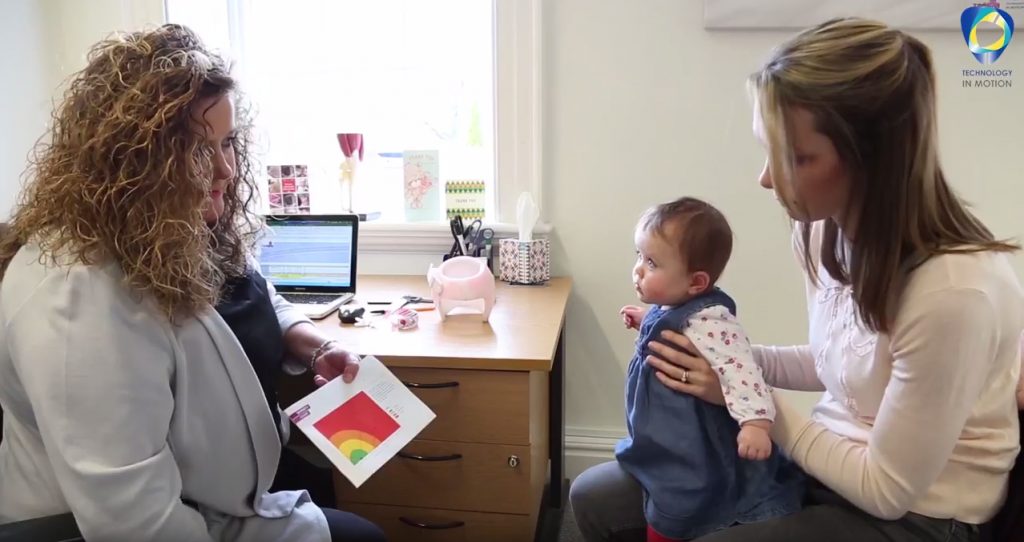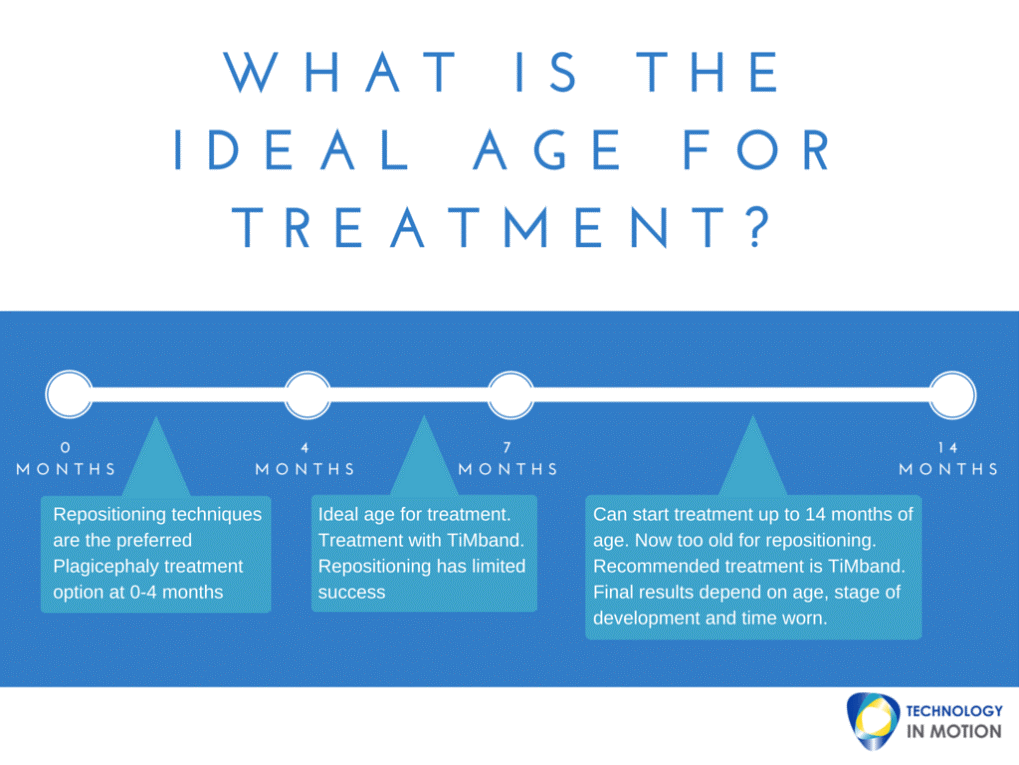
The first question many parents ask after discovering their child has a flat head is ‘does flat head syndrome correct itself?’ There are many myths around flat head syndrome babies which can be confusing but it is important to know that some cases do self-correct, depending on several factors:
- How old the baby is.
- The severity of flat head syndrome or type of flattening.
- How successful repositioning has been.
Determining Severity
If you are concerned by the shape of your baby’s head, our blog post on classifying plagiocephaly can help you determine if they are showing symptoms of flat head syndrome. We recommend booking a free pre-assessment as there is currently no international standard system for plagiocephaly measurement, so diagnosis is typically based on observation measurements and clinical judgement.

Self-Correction through Repositioning
Mild cases of flat head syndrome tend to correct themselves naturally over the course of the early months of life. These cases include deformities that have occurred at various stages of pregnancy and birth, or after the baby is born. After noticing flat head syndrome in their baby, parents are advised to begin repositioning techniques straight away to increase the chances of self-correction.
Providing repositioning therapy is started early enough, mild flat head syndrome can usually be corrected before the bones in the skull harden and become less receptive to repositioning. In a study published in April 2015, repositioning alongside active physiotherapy achieved acceptable correction in 77.1% percent of cases who started treatment at an average age of 0-4 months.
There are, however, instances such as more severe deformities and older ages where repositioning techniques are unsuccessful. If repositioning hasn’t corrected your baby’s head shape, it is unlikely that the condition will correct by itself. At this stage, we recommend making an appointment with a specialist clinician for an assessment and advice regarding further treatment. Due to the short window of time a baby’s head is malleable, we strongly advise that repositioning techniques are put into action as soon as flat head syndrome is spotted, and that an appointment is made as soon as possible if the repositioning is not working.
Correction through Helmet Therapy
It is unlikely that repositioning techniques will help moderate to severe cases of flat head syndrome. If this is the case, we would advise seeing a clinician as soon as possible to classify the severity of your baby’s flat head syndrome and seek helmet therapy. Starting helmet treatment as early as possible gives your baby’s head the optimum amount of time to correct before the bones in the skull harden. In the previously mentioned study, 94.4 percent of babies who started in the helmet treated group achieved full correction, along with 96.1 percent of infants who transferred into the treated group from the repositioning group.
The best correction results can be achieved when treatment is started between 4 and 12 months, as the bones in the skull are still malleable. A good degree of correction can still be reached through treatment up to 14 months, but a severe condition may not fully improve if there is less time for the correction to occur.

Leaving moderate or severe cases in the hope that the flat head will correct itself can lead to irreversible repercussions later in life, such as psychological factors, developmental problems, and a restriction of the number of activities in which a person can safely participate due to helmet fittings. If you are concerned about your baby and their head shape, our FAQs page is a great place to start.
If you believe your baby may be showing signs of flat head syndrome and would like to book a no-obligation pre-assessment with one of our experienced and friendly clinicians, get in touch and we will be happy to help.


